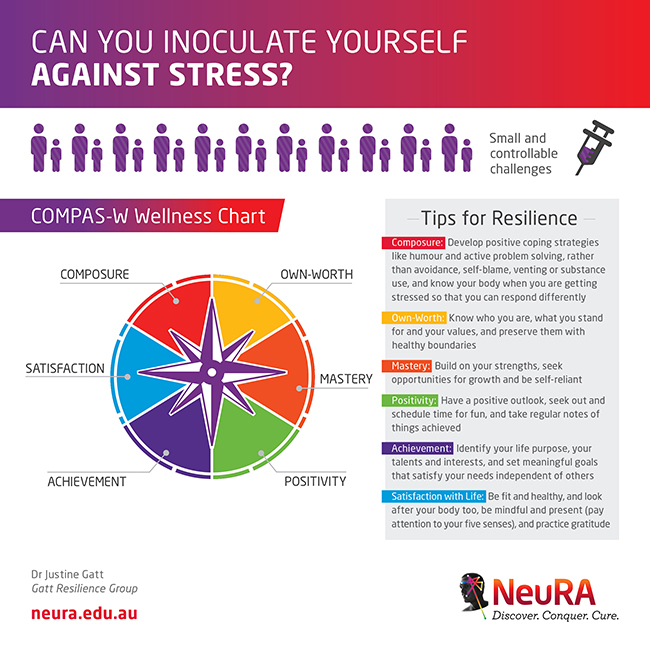Researchers from Neuroscience Research Australia (NeuRA) have found an association between increased wellbeing and reduced grey-matter volume of the pontine nuclei. The findings suggest the association is the result of unique environmental factors such as life experiences, rather than genetics. The study, involving identical twins, has investigated the association between the pons volume and wellbeing and found it to be strongest for individuals with higher resilience to childhood trauma.
The pons is a region in the brain located within the brainstem. It is involved in sensory functions such as sleep, physiological arousal (e.g., heart rate), respiration, and sends signals to other parts of our brain preparing our body to respond to different things we encounter each day. The research highlights the significant impact that life experiences can have on our wellbeing, resulting in physical changes in the brain.
Dr Justine Gatt, Senior Research Scientist at NeuRA and lead author of the research published in Journal of Psychiatry and Neuroscience, said the findings suggest an altered volume of the pons may be one key clue in understanding the brain mechanisms involved in wellbeing and resilience.
“This structural alteration in the pons may likely influence the functional connectivity between other parts of the brain which impacts overall wellbeing and responses to stress,” said Dr Gatt.
The findings are important because they show how wellbeing and resilience are related to specific parts of the brain, independent and separate from mental illness symptoms such as depression and anxiety.
“This is an important finding to highlight how both constructs are important to measure in mental health and not just illness symptoms alone,” said Dr Gatt.
The study analysed data from over 260 twins across Australia. The study used the COMPAS‑W Scale, a questionnaire that provides specific measures of wellbeing. Measures include Composure – how adaptable you are during times of stress; Own-worth – how you feel about yourself; Mastery – your self-confidence and perceived control over your environment; Positivity – your level of optimism and positive outlook; Achievement – your sense of goal striving; and Satisfaction – your satisfaction with life.
“The uniqueness of this scale is that it measures both subjective and psychological wellbeing, whereas many existing measures of wellbeing focus on only one component,” said Dr Gatt.
Using this COMPAS‑W Wellbeing Scale, Dr Gatt’s team have also previously established wellbeing to be 48 per cent heritable.
“This means that our genetics contributes towards 48 per cent of the variability in wellbeing and our environment contributes 52 per cent. So, there are many other underlying factors still to identify, in addition to this pons effect,” said Dr Gatt.
The focus of the research led by Dr Justine Gatt is to understand the neuroscience of wellbeing and resilience, and the influence of both genetic and environmental factors. Her team is ready to undertake a new study which will involve a 10-year longitudinal follow-up of the same twin sample to examine changes in wellbeing and the brain over time. The impact of both environment and genetics will again be examined to assess their modulating impact on changes in wellbeing and/or brain structure and functioning over time.
“We will be able to confirm how changes in wellbeing are associated with changes in brain structure and function over time, and how changes in pontine nuclei in particular may be involved in these pathways,” said Dr Gatt.
The study supports the understanding that resilience plays an important part in everyday mental health and wellbeing starting from an early age.
“Building resilience is critical in today’s fast-paced world because it helps to protect us against the development of mental health problems and better manage stress in our everyday lives. Ultimately, the goal of our research is to understand what determines wellbeing and resilience across children and adults so that we can develop evidence-based health promotion strategies for the general population,” said Dr Gatt.

COMPAS‑W Wellness Chart
For more information and media contact:
NeuRA Media Department +61 2 9399 1037




